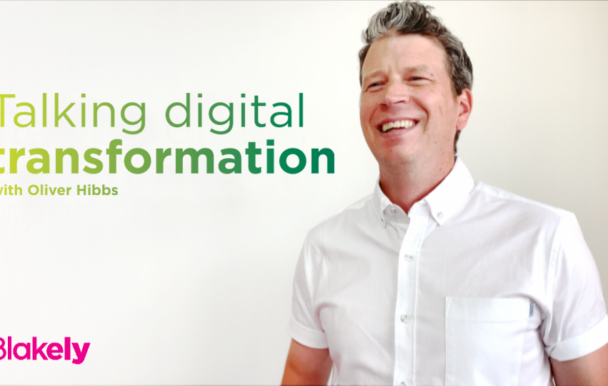CULTURE – THE NOT SO SECRET WEAPON FOR SUCCESS
Everyone is talking about culture — especially in the not-for-profit sector. We can see and feel the impact of culture everywhere we go, even if we can’t identify what it really is.
It’s a feeling. It’s perception.
Bad cultures are easy to spot and far easier to cultivate. Negative cultures often begin with leaders and permeate throughout the organization or group. They are lazy, blind to the impact, egotistical, and sometimes, actually planned. But influencing culture in a positive way is far more difficult.
It starts with vision — a vision for what is important and what we want to achieve.
It’s focused on as a core part of the conversation and its sense checked at every turn. The culture we are trying to build has to be front and centre. We have to look at it when we hire someone, when we let someone go, when we invest in a specific area, and when we make policies.
And our work as leaders is never done.
For our not-for-profit organizations, there has never been a time when we have needed amazing cultures and a real personality than now. Competition for donor dollars, growing expectations of our sector, negative behaviours of people and charities, and a real challenge to stay afloat for many organizations is heating things up. Culture can be our ultimate weapon.
We can measure the long-term impact that culture has on actual fundraising results. A great culture attracts great people, it motivates them and it in turn, attracts donors. It can make or break you. Bad culture doesn’t take risks because it’s too busy blaming — whereas good culture embraces failure and nurtures innovation — without fear. Bad culture is too busy at the water cooler proving they are busy. Good culture gets on with it.
Good culture delivers results.
We have to stop giving lip service to “cultures of philanthropy,” “cultures of diversity,” or “best in class anything” and do something to create a culture that allows people to do their best work, make space for personalities, new approaches, learning and growth. A key differentiator for donors is not just your “why” or your mission, but the people that they experience. From the donor care supporter to the skilled major gift manager — everyone along the way represents your organizational culture. We can’t deliver amazing experiences to donors if the people who work with us are afraid, burnt out, or always mad or frustrated. It starts with you, regardless of your position, but especially if you are at the top.
I’m not sure culture can be taught but it sure can be experienced. Start with that. With hard conversations about what you want, what is acceptable and expected, and build strategies to affect those things. Build policies that protect your teams and be willing to let go of those who are unable or unwilling to do what’s needed.
It’s a million small steps that create a thriving culture and it’s far more than a mission or vision statement. It’s action! Everyday actions that build the culture of your organization — so pay attention and you will start seeing the results!
Want to hear more about culture and how it is impacting your organization? Be sure to attend the panel at #AFPCongress2018 — Disrupting the Status Quo in a Risk Adverse World with Kesheyl van Schilt, Caroline Riseboro, Mide Akerewusi, Cathy Barrick, Tammy Zonker, and Ryan Lester.
We can promise you it is a session you won’t want to miss!









